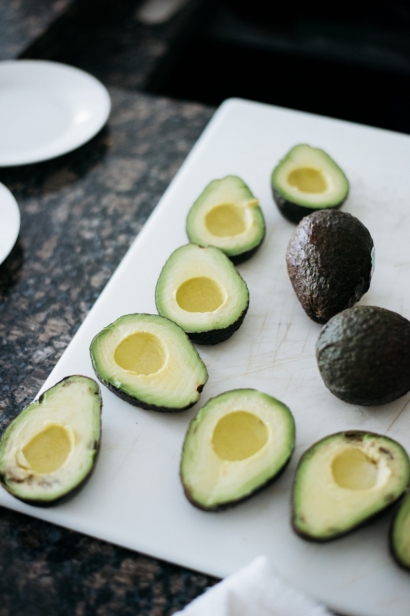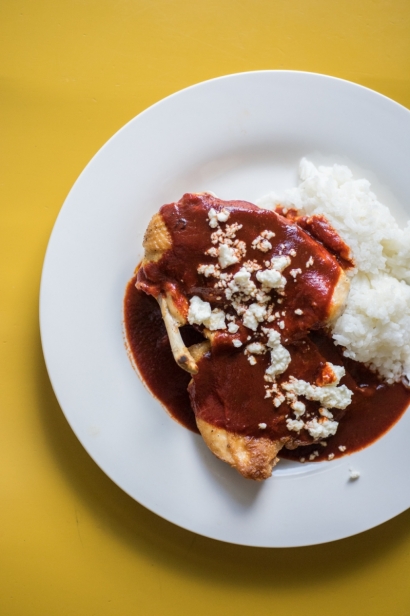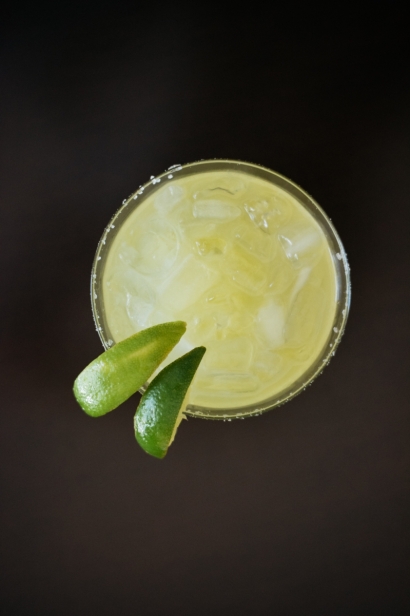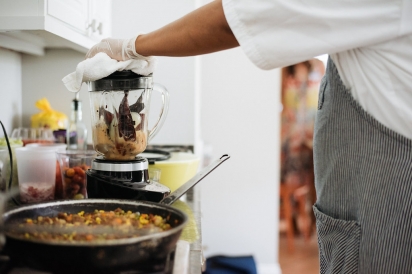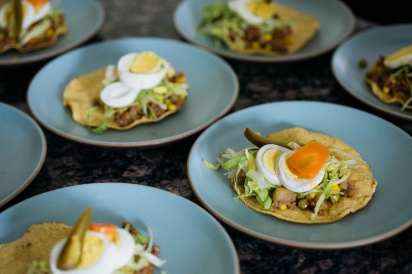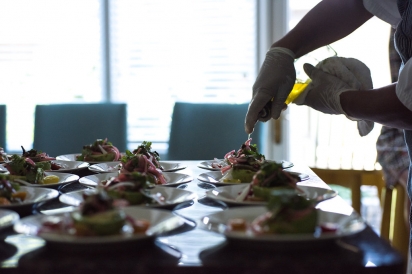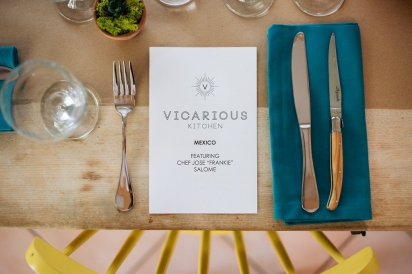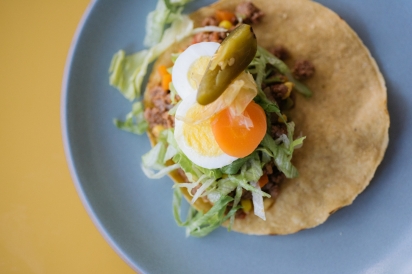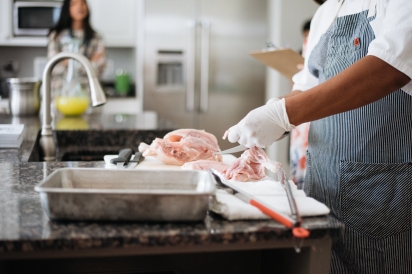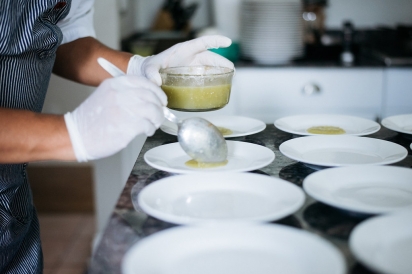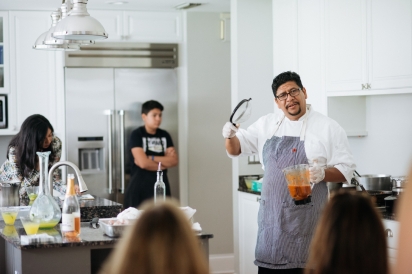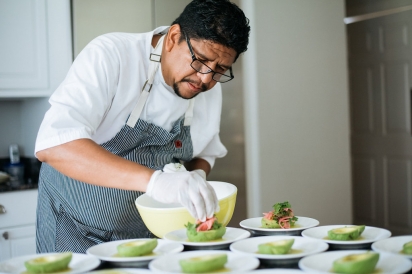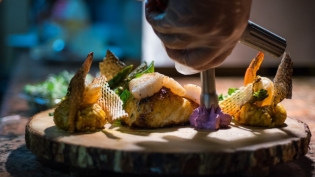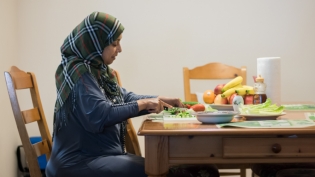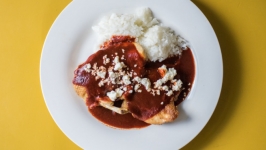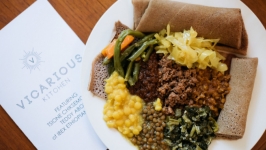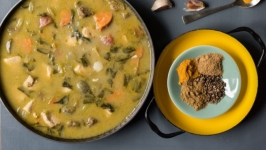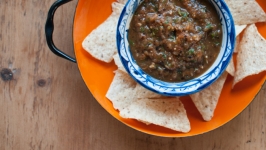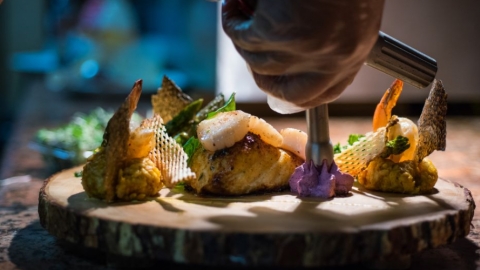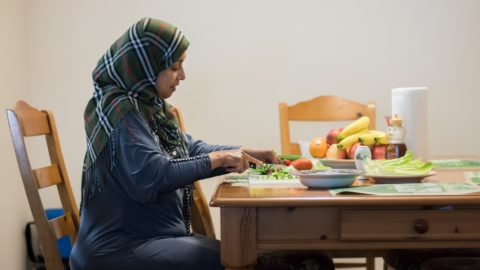Vicarious Kitchen: Mexico
Food at its most basic provides sustenance to our bodies. Beyond that, a cuisine can also create customs and a sense of community that enriches our existence beyond nutrition. In 2010, the United Nations Education, Scientific and Cultural Organization recognized the societal importance of the role of food by naming Traditional Mexican Cuisine to UNESCO’s list of Intangible Cultural Heritage of Humanity. (Also added that year was the Traditional Gastronomic Meal of the French.)
It was the first time UNESCO considered food to be significant enough to be included on its list. Traditional Mexican cuisine was cited by UNESCO for "its value as a comprehensive cultural model comprising farming, ritual practices, age-old skills, culinary techniques and ancestral community customs and manners. It is made possible by collective participation in the entire traditional food chain: from planting and harvesting to cooking and eating."
The splendor of this rich variety of Mexican cooking was recently the spotlight at a Vicarious Kitchen workshop in Jacksonville, with Chef Jose Salome (Chef Frankie, as he is known) providing insight into his homeland’s cuisine. While many people perceive food in Mexico to be the same throughout the country, there are inevitably big variations based on local traditions and ingredients available to each region. Chef Frankie hails from San Marcos in the state of Guerrero, on the Pacific Coast of Mexico, and his cooking at home and at 29 South Restaurant (where he is the Chef de Cuisine) reflects the authenticity of fare he learned to prepare by watching his grandmother in the kitchen. At the workshop, he presented guests with an array of Mexican flavors in both creative new, and timeless, forms: a mouth-watering avocado salad on salsa verde with grilled nopales, cilantro and pickled vegetables, a picadillo tostada, and finally, a plate of beautifully rich and deceptively simple chicken mole with queso fresco.
While variations are, indeed, the spice of life in Mexico, there are a handful of staple ingredients in Mexican pantries that generally include corn flour, a variety of dried chile peppers, rice, beans, tomatoes, onions and avocados. Corn tortillas, of course, also play an integral role in daily Mexican meals and are generally made and purchased fresh daily. Thinking of planning your own Mexican fiesta at home? Here are some additional ingredients and dishes you might consider in your plan for the table:
Mole: a type of sauce usually made of chile peppers and other spices that have been roasted and ground into a powder or paste. Mole sauces can vary widely in complexity and their ingredient lists vary from region to region. Many cooks guard their recipe for mole sauce like a state secret!
Nopales: Cactus leaves that have been de-spined and are used fresh, cooked or pickled.
Crema: A mild, creamy table condiment, similar to yogurt of sour cream, only slightly saltier and thinner in consistency. Crema is used to pull the heat of spicy dishes off the palate.
Cilantro: Sprouted coriander seed found in a wide variety of Mexican dishes, especially fresh salsas.
Guajillo, Ancho, Pasilla Chiles: these are varieties of mild to hot dried chile peppers generally ground or blended into a powder or paste and used to make mole or other Mexican sauces.
Pozole: Pozole refers both to a stew and the ingredient, hominy (a large, starchy kernel of field corn). The stew itself is fairly simple and always includes hominy as an ingredient, but other additions vary considerably based on family recipes and regional differences. It's also served with a large number of add-on garnishes and is popular for large gatherings and celebratory events.
Queso fresco: A very mild, soft, cow's milk cheese, often crumbled on top of dishes for taste and garnish.
Cotija: A mild, but hard and aged, cow's milk cheese, also often crumbled on top of dishes for taste and garnish.
Pepitas: Roasted pumpkin seeds, ground up and added to sauces while cooking, or simply consumed as a snack.
Picadillo: a hash-like dish made with ground beef, tomatoes, chiles and onions, typically served over corn tortillas.
Sope: A palm-sized corn patty with pinched edges resembling an extra thick corn tortilla that is fried (or baked) then topped with meats, vegetables and sauces. A common street food in Mexico.
Chilaquiles: Served with eggs quite frequently as a breakfast dish, chilaquiles are typically made from day-old corn tortillas cut into pieces and fried, then topped with a red sauce or mole to slightly soften the crispy chips. Once the sauce is absorbed, the dish is finished with queso fresco, avocado, and/or crema.
Menudo: A very traditional beef tripe soup that takes hours to prepare and is generally served as a morning dish with corn tortillas. It is a red chile-based broth, topped with onions, cilantro and fresh lime and is a popular meal after a big night of celebrating.
For more information on future Vicarious Kitchen Workshops, visit www.vicariousevents.com.



